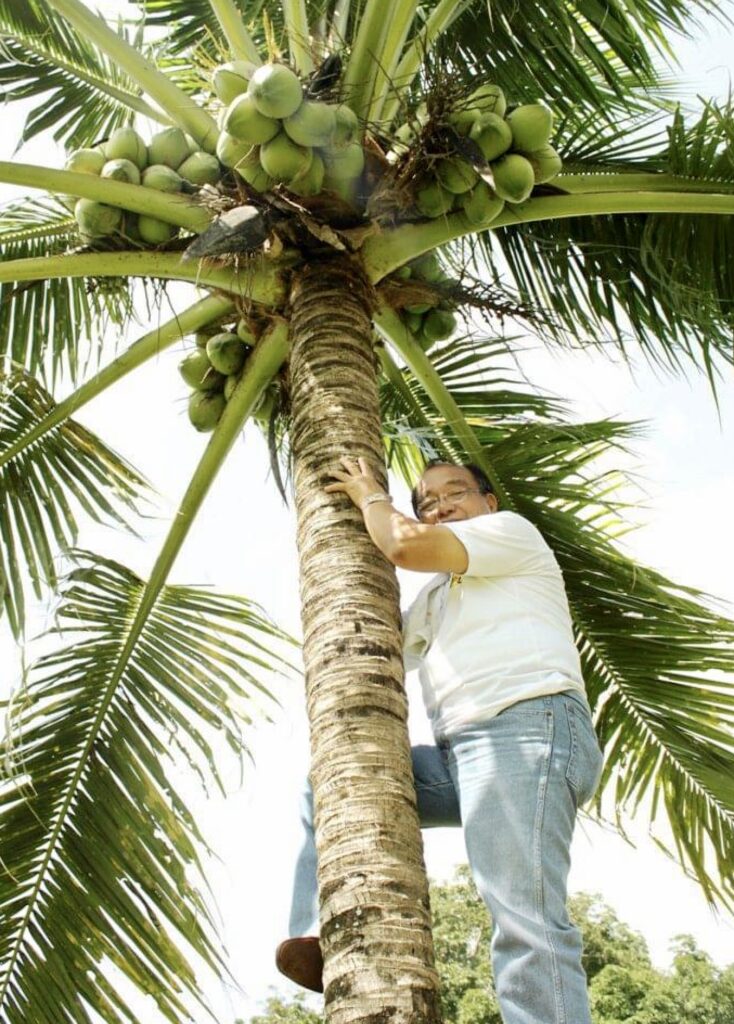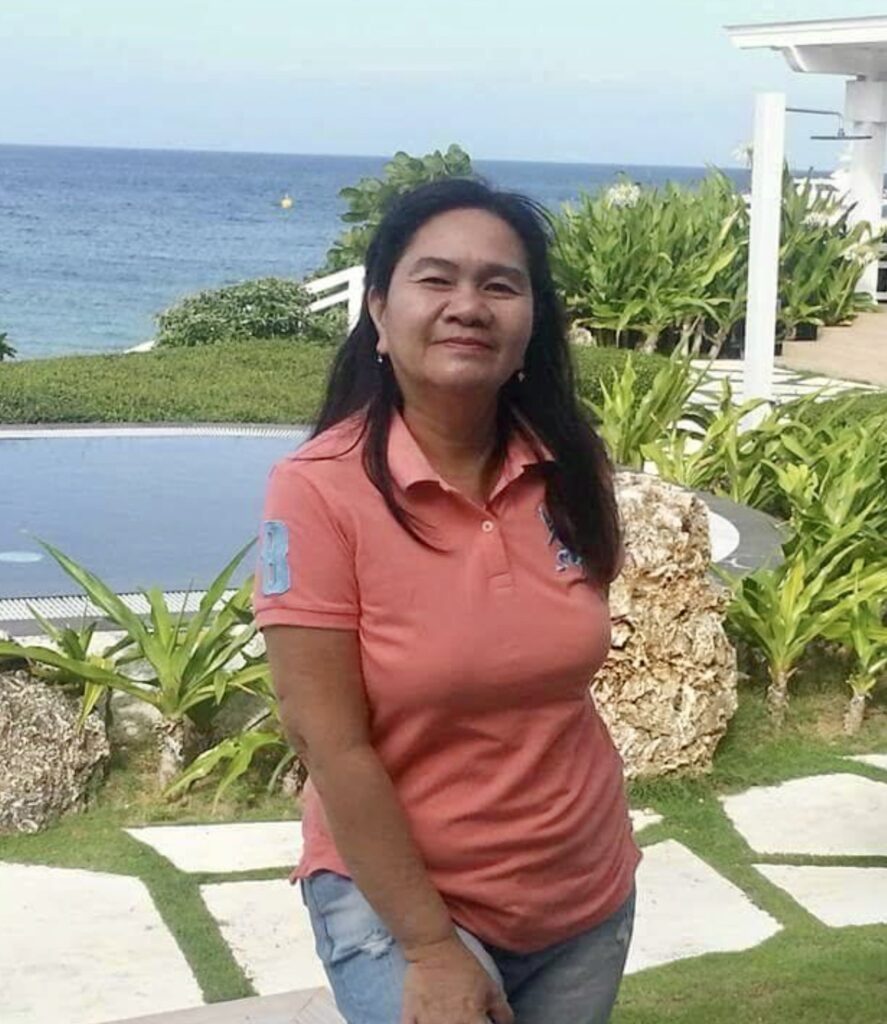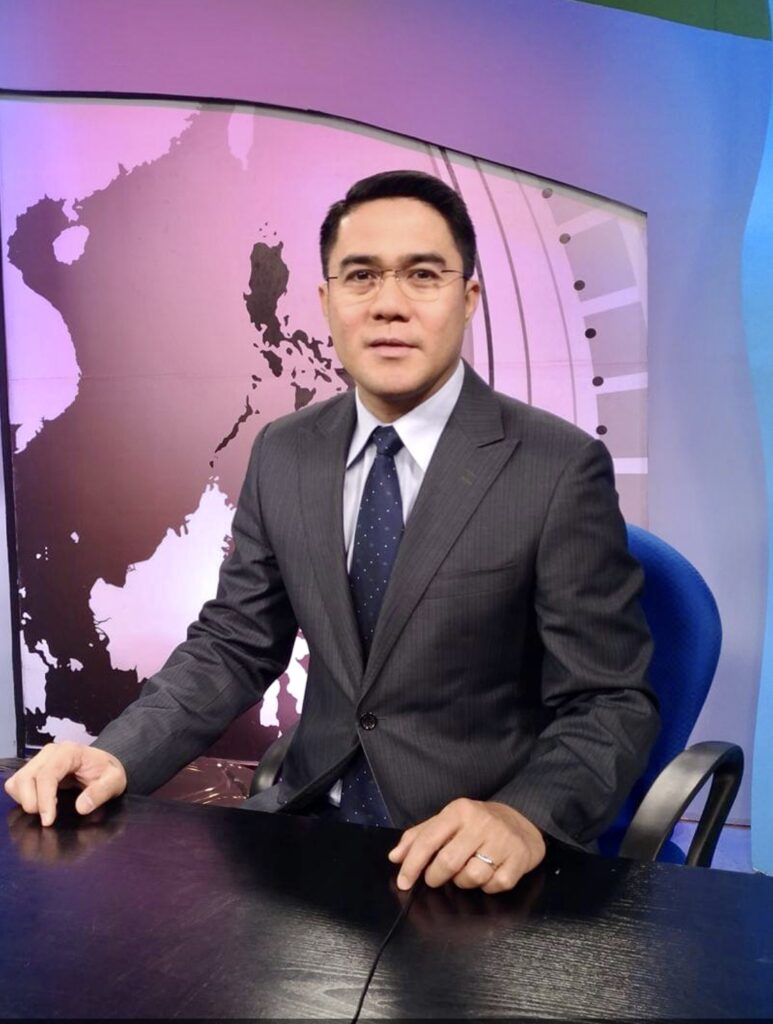Text by Henrylito D. Tacio
Photos from Facebook
As of August 17, the Philippines has 1,755,846 cases of COVID-19. Some 1,618,808 have recovered, but 30,366 people have died. Most of those who died were ordinary people, but there were some celebrities like Claire dela Fuente, Nestor Torre, Jr., Joey Bautista, Heherson Alvarez, Alfredo Lim, Antonio Cuenco, Elmer Pato, Sixto Brillantes, Oscar Cruz, Lloyd Cadena, Danilo Lim, Reynaldo Umali, Celso Dayrit, Emilio Osmena, and Manuel Morato, who succumbed to the disease.
These famous personalities were also reported to have been diagnosed with COVID-19: Juan Miguel Zubiri, Aquilino Pimentel, Sonny Angara, Ramon Revilla, Jr., Ferdinand Marcos, Jr., Felimon Santos, Jr., Joy Belmonte, Christopher de Leon, Iza Calzado, Michael V., and Howie Severino.
People who survived and recovered from COVID-19 have stories to tell. Here are some of them:
JM Tenaja C. Anlap, who works at IDream-America US Immigration Office, had his bout against the virus last July. He didn’t know where he got or how he was infected. What he felt was a headache, chilling, and his body was in pain. His nose was clogged, and he was coughing. He also lost sense of smell.
He stayed at the quarantine facility in Sta. Ana High School for 14 days. “COVID-19 is everywhere,” he said. He urged everyone to maintain proper hygiene, to always wear masks and face shields. “Stay at home and pray,” he added.
Antonio B. Partoza, Jr., a Davao businessman, said he didn’t know where he got the virus as he was just staying on his farm where his itinerary is house, office, and farm. All of them were negative.

But then, in November last year, he lost his sense of smell and taste, a symptom that a person is infected with the virus. When he was confirmed that he was positive, he was brought to a hotel where he stayed for ten days. “Nothing, just boredom,” he replied when asked what he felt during those times of isolation.
His timely advice: “Take your vitamins. I took vitamin C, D, and zinc.”
Lilet Arriaga-Tapang, who’s from Santa Rosa, Laguna, was diagnosed with COVID-18 on October 26 last year. First, there were two of them in the family until all the members were also infected. “I had a fever for two days, a sore throat and a mild cough,” she said of her symptoms.
Since what she experienced were only mild symptoms, she was not brought to the hospital. She was required for a 14-day quarantine at home. Her husband, however, was brought to the hospital and was at the intensive care unit; the rest of the family were quarantined in a government isolation facility.
“I didn’t suffer much physically,” she recalled. “(But) I suffered mentally and emotionally, worrying too much about my husband’s condition in the hospital as he was fighting for his life.”
COVID-19 is real, she said. “The risk of getting the disease can hit anyone,” she stressed. “Be as healthy as possible to fight the virus. Stay away from crowded places. Anyone who experiences any symptoms should stay at home and isolate himself or herself. Pray hard for strength and protection.”


Aljo Bendijo
Broadcast journalist Aljo Bendijo said he was infected while working at PTV Studio. He had a fever, muscle pains, and a dry cough. Later on, he suffered from bilateral pneumonia (moderate to severe). He was isolated for four days in a government quarantine facility and was admitted to Lourdes Hospital in Sta. Mesa, Manila, where he stayed for seven days.
“Don’t be complacent with the virus,” he advised now. “Never smug. Never let your guard down. Follow minimum health standards. More importantly, let’s get vaccinated. That’s the only way to fight COVID-19.”
Julius C. Paler is a registered nurse. He was infected with the virus between May 5 to 9. “I still have no idea how I got it,” he admitted. “One of our church workers was confirmed positive but the doctor said that the infection may not have started from her.”
Eleven of the 14 people working in the office were infected. “Actually, there were more than 20 if I included some members of the families that were confirmed positive,” he said.
The symptoms he experienced were fever, headache, loss of smell and taste (slight), and phlegm. “There were times I had breathing problems,” he admitted. “To think, I do exercise regularly.”

Paler was not brought to the hospital, though. He stayed in the quarantine facility for 11 days and six more days at home alone in his room.
“Observe proper health protocols and put a premium on health,” he advised. “I’ve read that when you have comorbidities, 93% you will die of COVID-19. You have to be healthy. You need to exercise, sleep well and eat well.”
Paler, who is the church pastor of DBC Life’s Centerpoint in General Santos City, urges Filipinos to get vaccinated. “Never believe in a religious leader who tries to explain this pandemic in the context of religion,” he said.
Lynn B. Bautista, who’s from San Pablo City but now lives in New York City, was tested positive for COVID-19 on January 12 this year. She got it from her daughter. “My daughter admitted she forgot to wear her mask upon entering a department store two days before her January 10 wedding,” she said.
She experienced a sore throat, fever, fatigue, diarrhea, vomiting, and shortness of breath. “I stayed in two hospitals for 24 days. I was also confined for 7 days in a COVID rehabilitation facility hospital,” she said.
When she was at the hospital, she suffered from pneumonia, hypoxia, hyponatremia, hypertension, weakness, and loss of taste and smell.
“Covid-19 is very real,” she said. “A single mistake of one member of my family, two households were infected. That’s why I advised now that every member of the family must follow all the necessary safety precautions to avoid infection.”
Of the family members who were infected, she was the only one hospitalized. “I am the eldest and 65 years old now,” she said. “My daughter, her husband and only daughter were also infected.”
Her son, who attended the wedding, was also infected. “Both my son and daughter-in-law had flu symptoms plus they lost the sense of smell and taste. Their three-year-old son, who was also infected, had a fever for one day only. It was good that their two daughters were tested negative.”
Jezreel (who doesn’t want to be named completely) went to Bangkok, Thailand, in 2013 as a teacher. In June of this year, he was infected with the dreaded virus. “I was exposed to it through my friend who just came to my house from vacation,” he said.
After he left, he experienced a headache for a day, and then it was gone. But he got the news that his visitor was confirmed positive for the disease. He was not brought to the hospital but was required to do the mandatory 14-day quarantine at home.
He couldn’t forget what happened next. “There was a little itch in my throat, and I felt that my mind would blow out since I was really worried. I have to check my tastebuds to know if I haven’t lost my sense of taste. I had to eat sugar or lemon just to make sure I could still taste them.
“I had to put on my perfume so that I could check whether I still had the sense of smell,” he continued. “I did that for five days. I checked my temperature every hour or two depending on if I felt something unusual, then I really made some notes of the time and temperature myself.
Jezreel was also thinking of the unthinkable. “I was imagining the possibility of dying in a foreign land. It was the worst case to happen and what if I would be cremated? I had all those thoughts since my infected friend was brought to the hospital and his brother was also positive, who was confined in the intensive care unit.”
His advice now: “Limit people who want to visit you or never allow at all.” Also, he believed prevention is better than cure. “Get vaccinated,” he urged.

